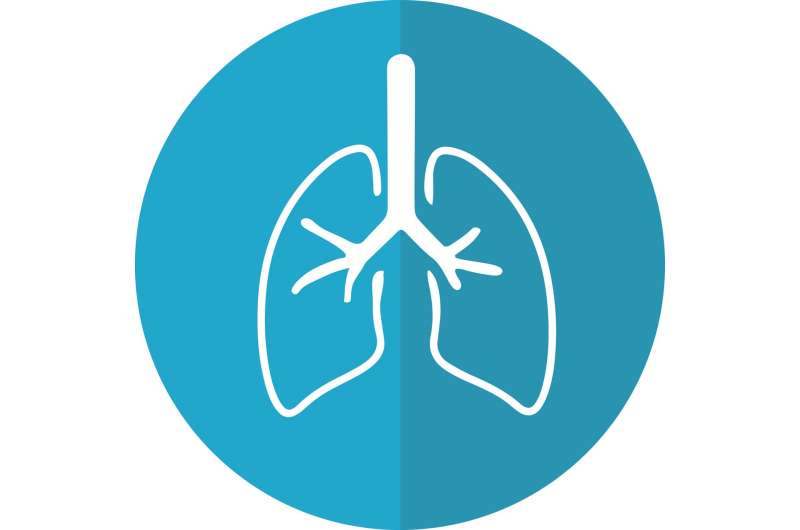Credit: CC0 Public Domain
Robot-assisted lung surgery is a cost-effective intervention that yields better patient-reported quality of life measures, compared with video-assisted lung surgery, according to research reported today at the IASLC 2022 World Conference on Lung Cancer in Vienna.
Dr. Yogita S. Patel, McMaster University, Canada and colleagues from four academic sites in the United States, Canada and France enrolled 406 patients with early-stage lung cancer who were candidates for minimally invasive lobectomy. Patients were randomized to receive either RTS-Lobectomy (intervention) or VATS-Lobectomy (control). Dr. Patel reported that the study sought to determine to the difference in patient-reported health-related quality of life (HRQOL) between the robot-assisted surgery and video-assisted surgery at 12 weeks after surgery and incremental cost per quality-adjusted life year (QALY) at 12 months after surgery.
Patients were blinded to the type of surgery until the 12-month follow-up. Each patient completed questionnaires at baseline, postoperative day one, weeks three, seven, 12, and months six, and 12. Data is presented as mean (SD) and median (range). Direct and indirect costs were tracked using standard methods. Seemingly Unrelated Regression was applied to estimate the cost effect, adjusting for baseline characteristics and stratification factors (surgeons) and baseline health utility. The incremental cost effectiveness ratio was generated by 10,000 bootstrap samples using bias-corrected and accelerated method, with multivariate imputation by chained equations for missing data in QALY.
Of 406 patients screened, 45.81% (186/406) were randomized (RTS n=92; VATS n=94). At final eligibility review (protocol deviations, withdrawal, loss to follow-up), 82 were analyzed in the RTS arm and 83 in the VATS arm. All patients were followed for at least 12 months. Mean age was 67.36 (9.82) and 66.67% (110/165) were women. There were no significant differences in the body mass index, comorbidities, pulmonary function, smoking status, location of tumor, tumor size, or disease stage between arms.
The mean 12-week health utility score was 0.85 (0.10) for the RTS arm and 0.80 (0.19) for the VATS arm [mean difference (MD) 0.05, 95% Confidence Interval (CI) 0.01, 0.09; p=0.02]. Significantly more lymph nodes were sampled [10 (8-13) vs 8 (5-10); p=0.003] in the RTS arm. The incremental cost per QALY of RTS-Lobectomy was $14,925.62 (95% CI $6,843.69, $23,007.56) at the 12-month time horizon.
"Early results of the RAVAL trial suggest that RTS-Lobectomy is a cost-effective intervention which is associated with better patient-reported HRQOL when compared to VATS-Lobectomy within 12 months of surgery and RTS-Lobectomy is also associated with superior lymph node sampling," said Dr. Patel.
Provided by International Association for the Study of Lung Cancer






















